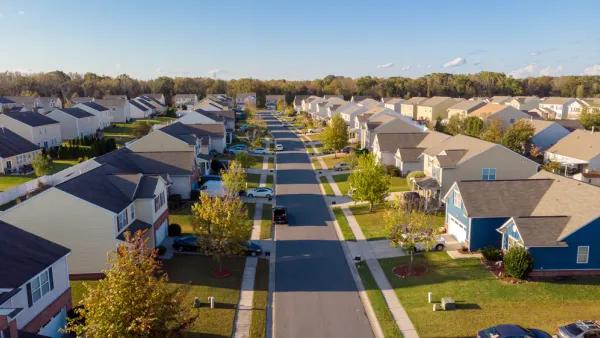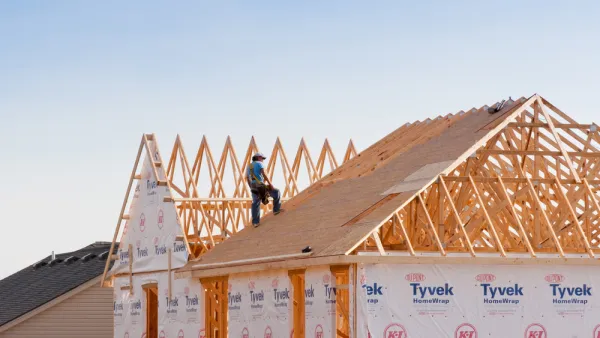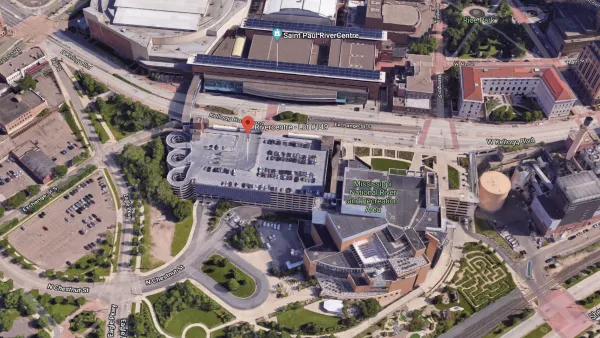Stephen Smith takes a look at land use regulations in Brazil, where developers are still required to make room for cars that its growing cities can't support.
Brazil is no stranger to the challenges facing global cities today. Simultaneously hailed for innovations like bus rapid transit and lamented for its squalid favelas, the country sits at the bleeding edge of urban policy.
And so it comes as a surprise that throughout the nation, Brazil's traffic woes are worsened by seemingly anachronistic minimum parking requirements. As Smith explains, "A few decades ago Brazil joined a number of developing nations in adopting American-style minimum parking requirements for new developments... While planners seek to make sure everyone who has a car has some place to park it, critics contend that rather than simply making room for those who will inevitably drive, the policies are actively encouraging motorization."
Brazil owes its auto-oriented policy in part to the legacy of modernist urban design, beginning in the middle of the last century. Planned in that tradition, the capital city of Brasília "eschewed the pedestrian-and-transit-oriented trappings of other cities. The city was originally envisioned... without sidewalks or stoplights on the main boulevards, and the abundance of cloverleaf intersections testifies to the city's original planners favoring of motor traffic over all else."
But the requirements do not reflect the reality of already-overtaxed streets in cities throughout Brazil, where critics argue that the needless parking takes away precious space and constrains better forms of growth. One commercial developer in São Paulo said, of developers' feelings about the requirements, "No, they are not happy, but it is what it is. It's the status quo, and no one questions it anymore."
Thanks to Stephen J. Smith
FULL STORY: As Traffic Snarls Brazil's Cities, Officials Plan For More Cars

National Parks Layoffs Will Cause Communities to Lose Billions
Thousands of essential park workers were laid off this week, just before the busy spring break season.

Retro-silient?: America’s First “Eco-burb,” The Woodlands Turns 50
A master-planned community north of Houston offers lessons on green infrastructure and resilient design, but falls short of its founder’s lofty affordability and walkability goals.

Delivering for America Plan Will Downgrade Mail Service in at Least 49.5 Percent of Zip Codes
Republican and Democrat lawmakers criticize the plan for its disproportionate negative impact on rural communities.

Test News Post 1
This is a summary

Test News Headline 46
Test for the image on the front page.

Balancing Bombs and Butterflies: How the National Guard Protects a Rare Species
The National Guard at Fort Indiantown Gap uses GIS technology and land management strategies to balance military training with conservation efforts, ensuring the survival of the rare eastern regal fritillary butterfly.
Urban Design for Planners 1: Software Tools
This six-course series explores essential urban design concepts using open source software and equips planners with the tools they need to participate fully in the urban design process.
Planning for Universal Design
Learn the tools for implementing Universal Design in planning regulations.
EMC Planning Group, Inc.
Planetizen
Planetizen
Mpact (formerly Rail~Volution)
Great Falls Development Authority, Inc.
HUDs Office of Policy Development and Research
NYU Wagner Graduate School of Public Service





























